Nam Prik Pao (Thai Chili Paste)
Published Feb 17, 2011•Updated Feb 22, 2024
This post may contain affiliate links. Please read our disclosure policy.
Nam Prik Pao (thai chili paste) is a common ingredient used in Thai cooking. It is spicy and sweet, with rich flavors of roasted vegetables and is often enriched with shrimp. I’ve used it in recipes on this site, and it is so common that you might be able to easily find in a jar outside of Thailand.
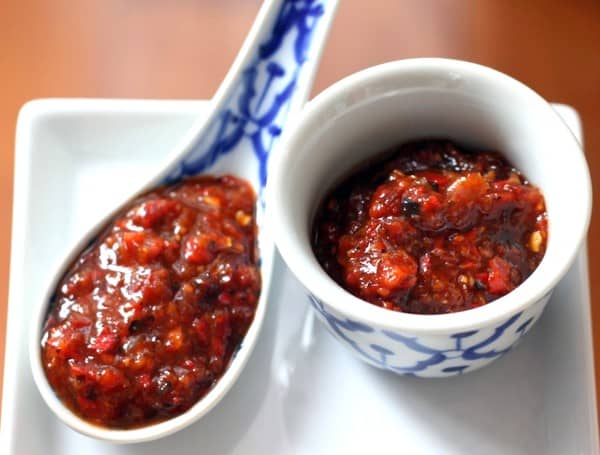
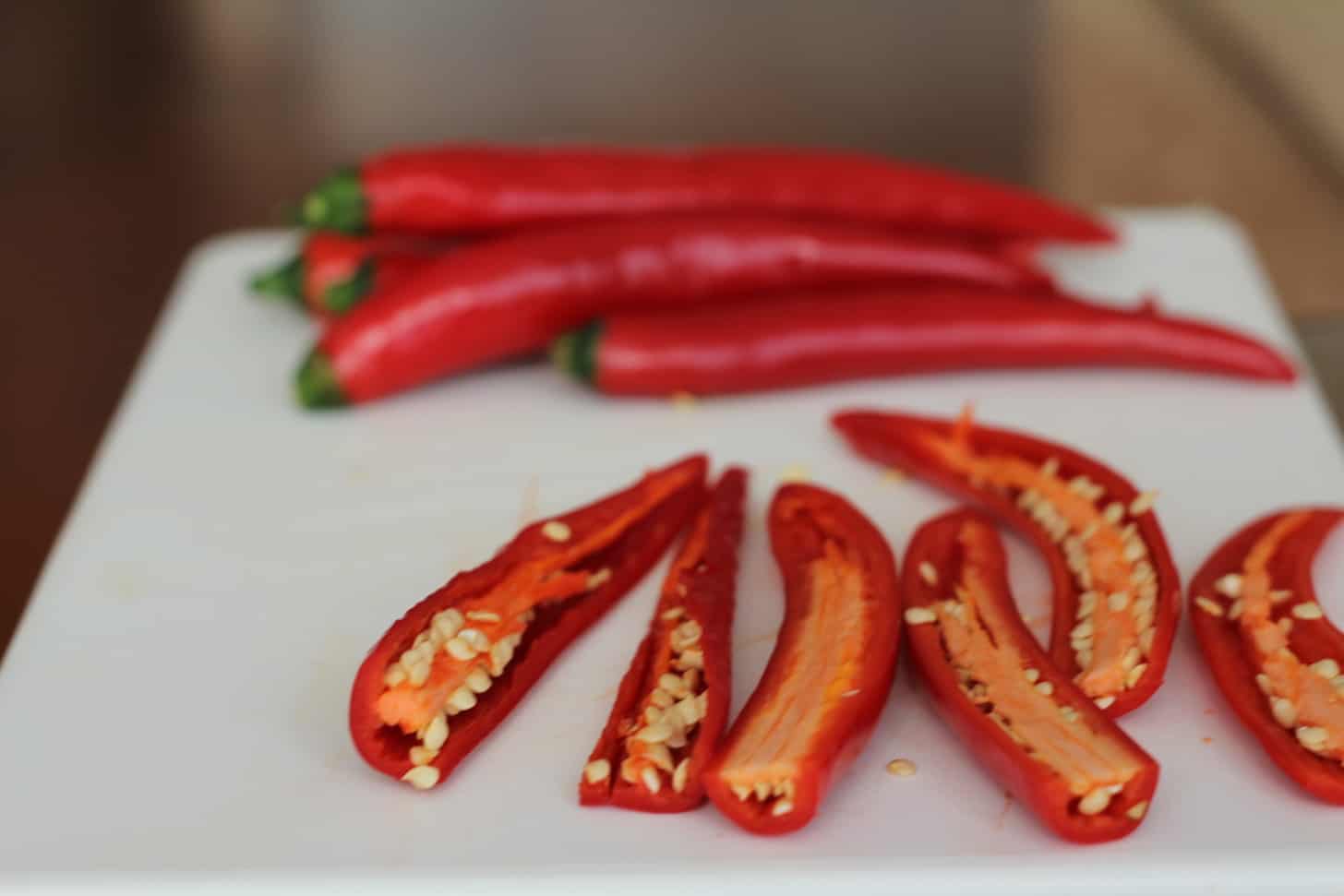
I have been on the hunt for a recipe for nam prik pao that doesn’t require 7 hours of commitment but still offers all the flavor. Most recipes I found on the internet gave me a headache. One recipe actually required that you place all of the ingredients outside in the sun for several days to allow them to dry. (In Bangkok I suspect that this activity may lead to dried peppers that taste a bit like car exhaust fumes.)
Earlier this week I made a version from a Thai cookbook and it produced something much closer to the Red Pepper Jelly I make at Christmas – sweet with a hint of spice but none of the deep layers of flavor that come from roasting the vegetables first for an authentic-tasting nam prik pao.
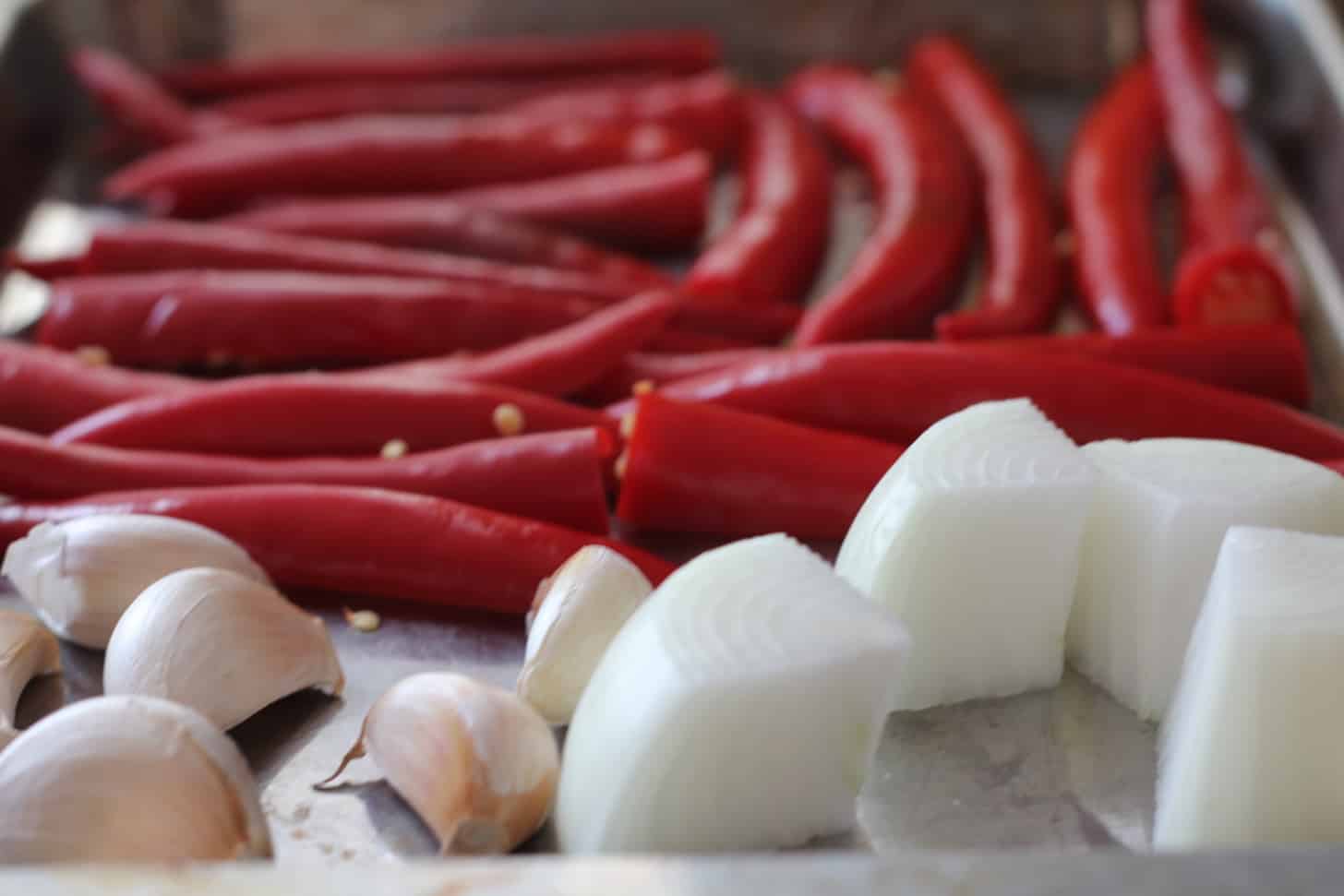
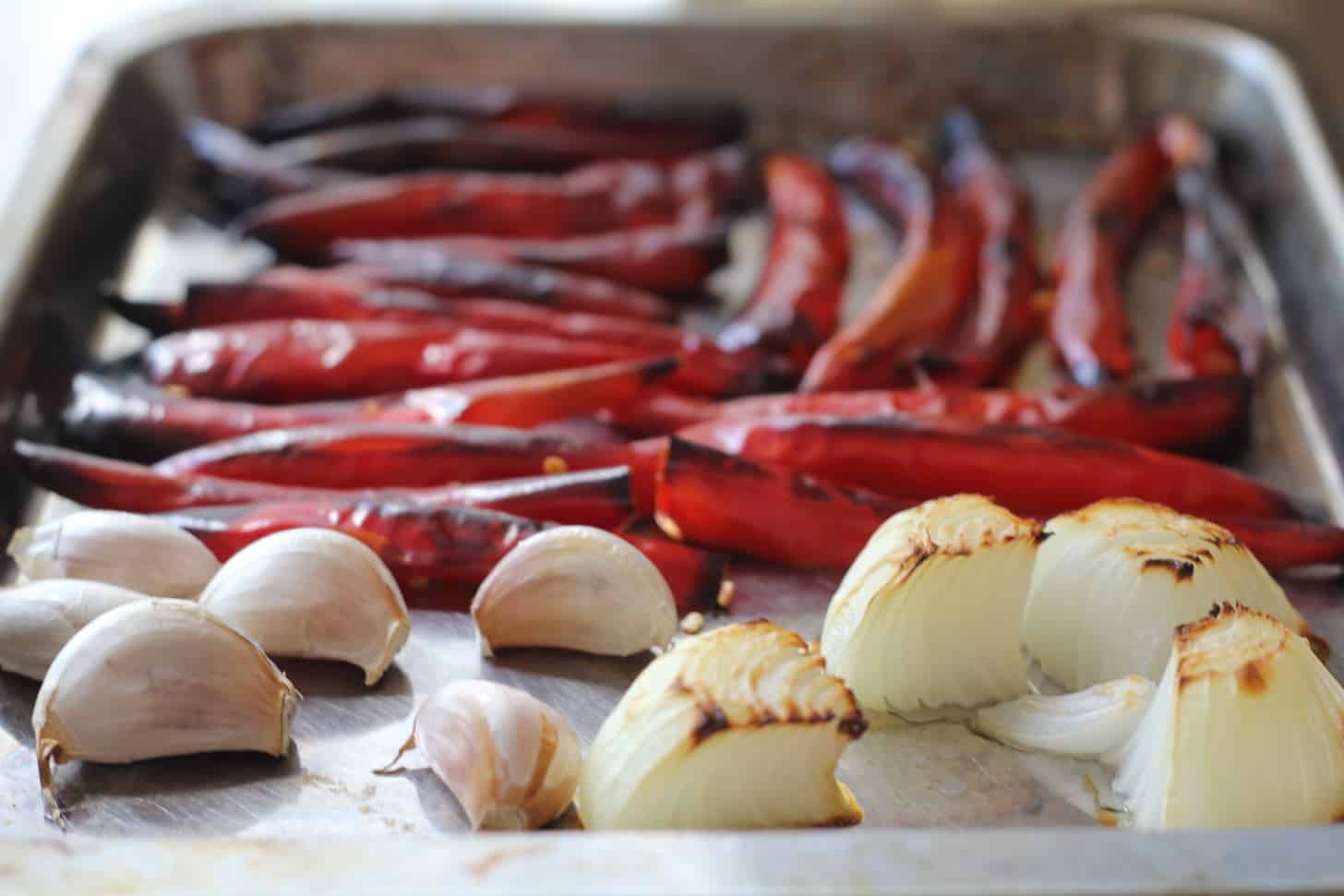
I nearly came to the conclusion that I should stick with the stuff in a jar and give up on ever being able to produce my own. But what kind of foodie blogger would I be if I didn’t try to tackle at least one or two ridiculous food endeavors and share them here. It also helped that finally I entered into this endeavor knowing that I would gladly sacrifice the pride of making nam prik pao the way it was made in this country 200 years ago, if it produced a recipe that I could (and would) actually make again.
Certainly there are people out there who are experts in authentic Thai cooking and can tell you all 76 steps that a Thai grandmother would take to make this stuff at home. What follows is not that sort of recipe, but this absolutely produces a flavorful, and very close approximation, of the nam prik pao I taste frequently here in Thailand.

My first step was a little taste test of just a few of the hundreds of Thai Chili Pastes available on the market at my local grocery store in Bangkok. There is an entire section of the grocery store dedicated to this product, so there’s no shortage of options to try.
They vary quite a bit in taste, but I found that my favorite version (even when tasted amidst these other options) is the one on the middle right below, by Mae Praenom. It may just be that this suits my western palate because it is the least “fishy” of the options and the sweetest tasting.
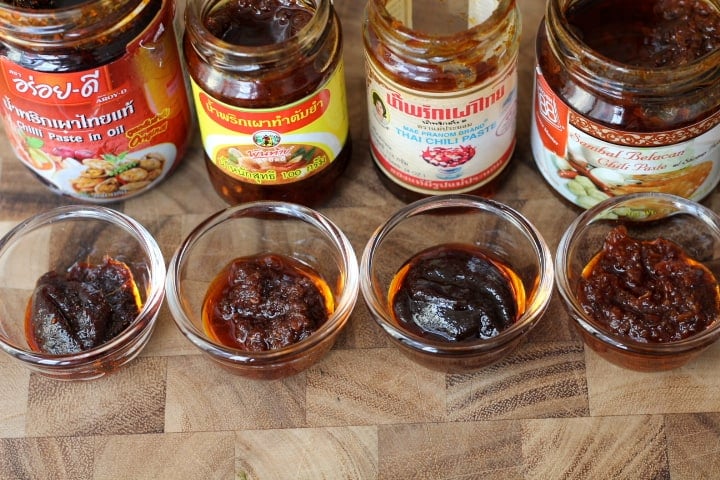
These versions in the jar actually have very few ingredients. Primarily the ingredients are red chilis, onions, garlic, sugar, vinegar, oil and shrimp or shrimp paste. Using this as a guide, and with the knowledge that part of the richness in flavor of the paste comes from the roasting (or sometimes frying) of the ingredients, I set to work.
After several attempts, it became clear that I prefer to make nam prik pao vegetarian style, getting a savory element from mushrooms rather than ground shrimp. I tend to like the shrimp flavor, but found that in the following recipe, I preferred a non-fishy flavor.
If you prefer to use shrimp, simply substitute 2 tablespoons of dried shrimp for the mushrooms. Dried shrimp are shown below.
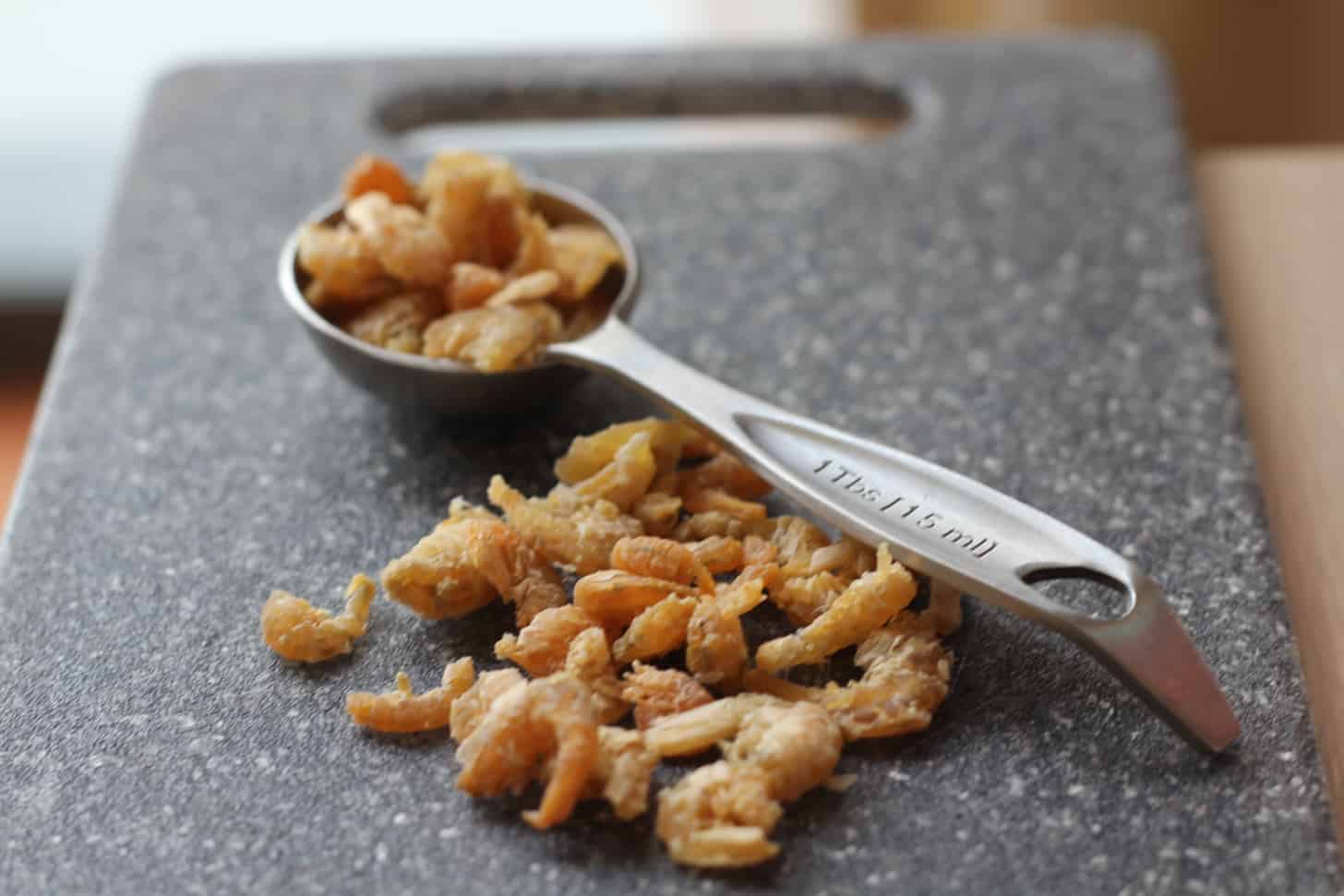
After all the effort and a few terrible batches, the recipe that follows met all of my expectations, and was easier to execute than any of the recipes I could find elsewhere. I actually liked the finished homemade paste much more than the kind I’ve been buying in a jar, although there will certainly be times that the convenience of the jar will win out.
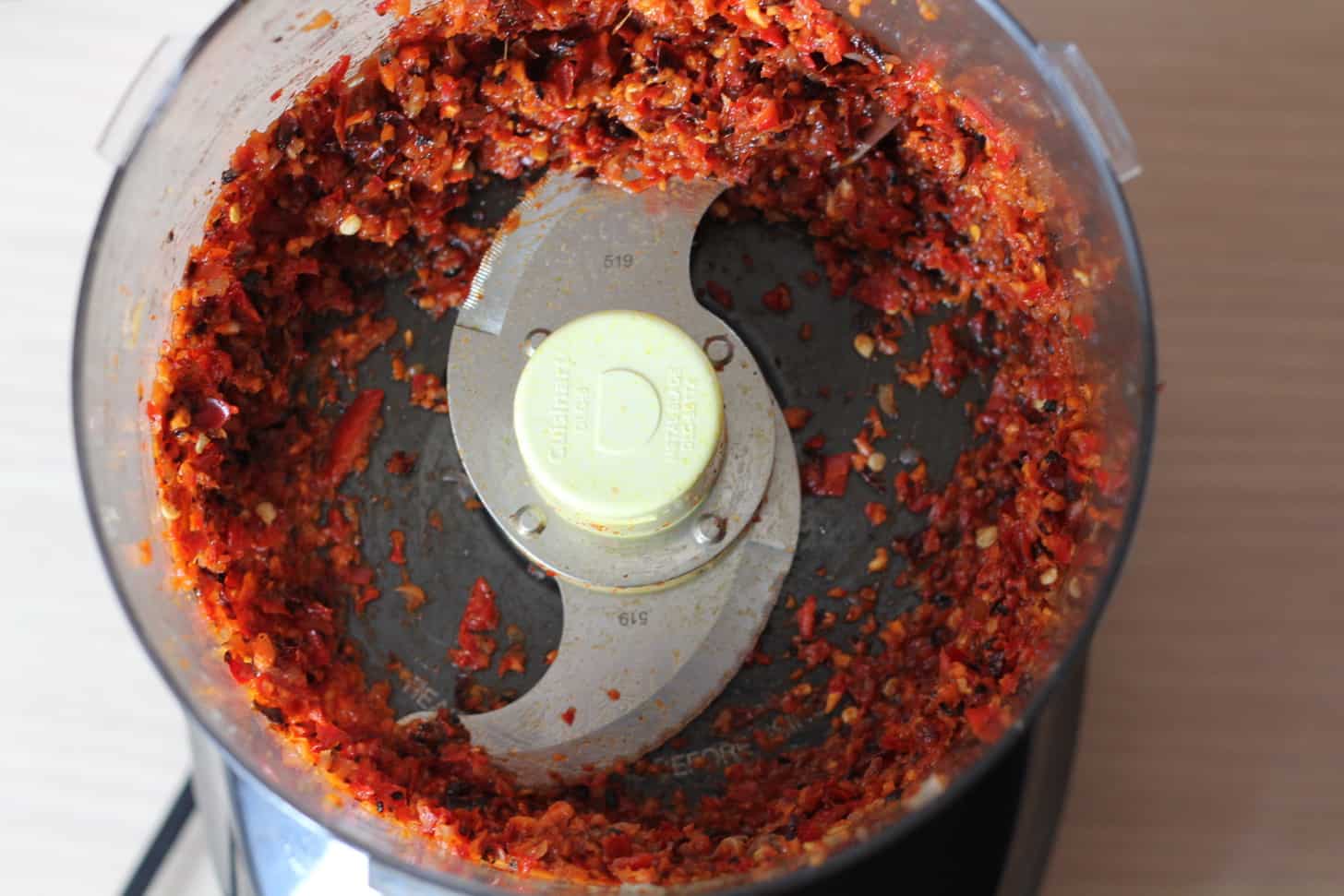
And if you’re looking for something to make with this super flavorful paste, try our totally addictive, 20-minute, vegan Crispy Tofu with Thai Chili Paste, Cashews and Kale.
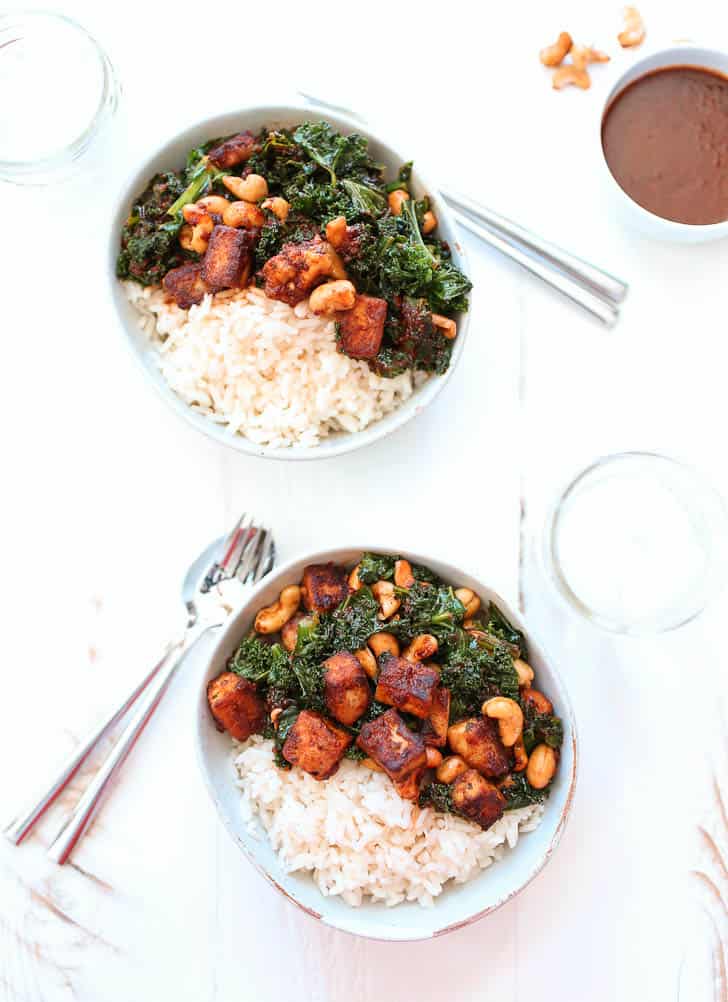
More Homemade Thai Sauce Recipes
Pin this now to save it for later
Pin It Now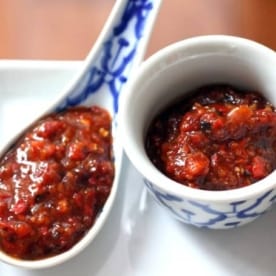
Nam Prik Pao (Thai Chili Paste)
Equipment
- Half Sheet Pan
- Knife
- Cutting Board
- Food Processor
Ingredients
- 13 large red Thai chilis, separated (10 will be roasted, 3 will be used raw)
- 6 cloves garlic
- 1/2 large onion (peeled and cut into quarters)
- 2 large dried shiitake mushrooms
- 1/2 cup light brown sugar
- 1/4 cup water
- 1/4 cup tamarind paste (available in the international section of many grocery stores or any Asian market; if you cannot find this, you can omit this ingredient altogether as the vinegar below will still impart a different, but still delicious paste)
- 1/4 cup distilled white vinegar
Instructions
- Preheat the oven to 400 degrees. Slice 10 of the red chilis in half and place them face down on a baking sheet. Place garlic cloves and onion on the baking sheet, insuring that none of the vegetables are overlapping. Bake, without stirring, until chilis begin to blacken in spots, about 40 minutes (note: watch them closely and remove if they start to blacken earlier than the recommended timeframe; some reviewers have noted that their aromatics began to blacken after 10 to 15 minutes). Remove from the oven and allow to cool to room temperature.
- Cut the 3 remaining chilis in half lengthwise. Gently remove the seeds and membranes from both the roasted and raw chilies (see note below). Gently squeeze the garlic cloves to extract the roasted garlic, and discard the peels.
- Put garlic, chilis, onions and mushrooms in the bowl of a food processor. Pulse until the mixture is finely and evenly chopped. (It will be nearly smooth and ground to a paste in some spots.)
- Place the chopped vegetables, sugar, water, tamarind paste and vinegar in a small pot over medium heat. If the mixture appears quite dry, add a splash more water so that it can easily come to a simmer.
- Simmer, stirring frequently (reduce the heat if it begins to boil), until the mixture becomes smooth and thick, about 10 minutes. Remove from heat and allow to cool.
- Store in the refrigerator for up to 2 weeks.
Notes
Nutrition
Nutrition information is automatically calculated, so should only be used as an approximation.
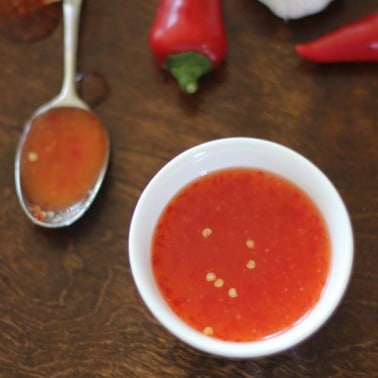
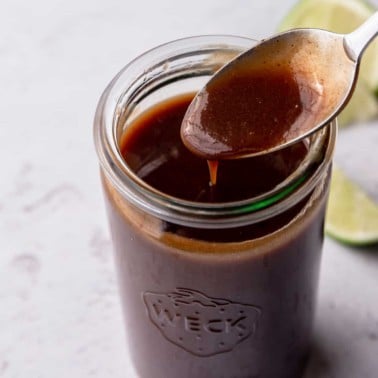
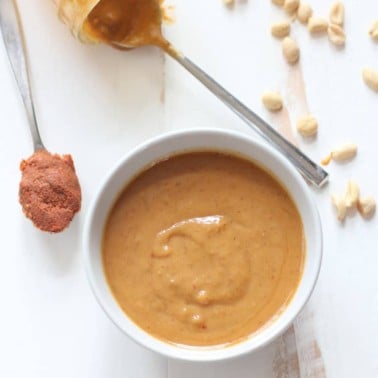
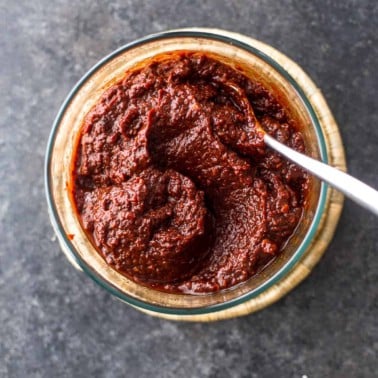
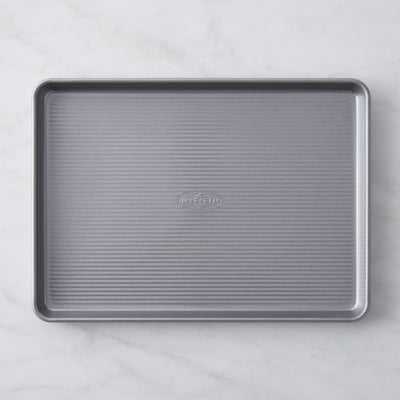
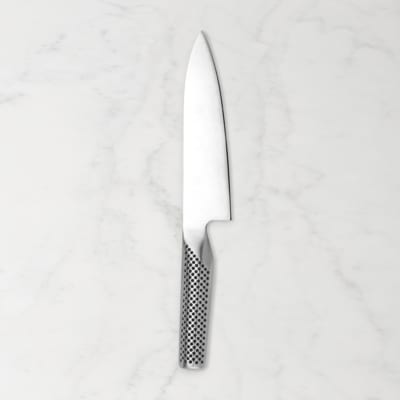
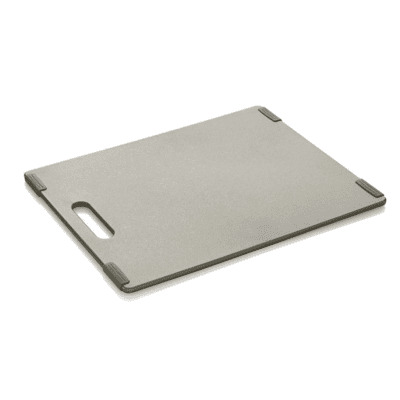
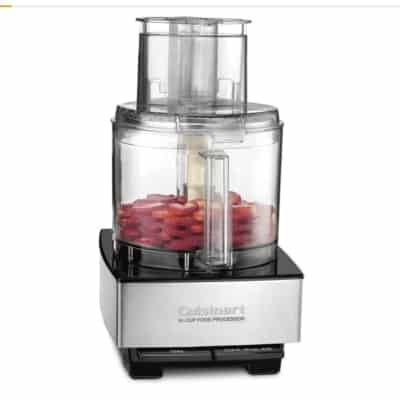
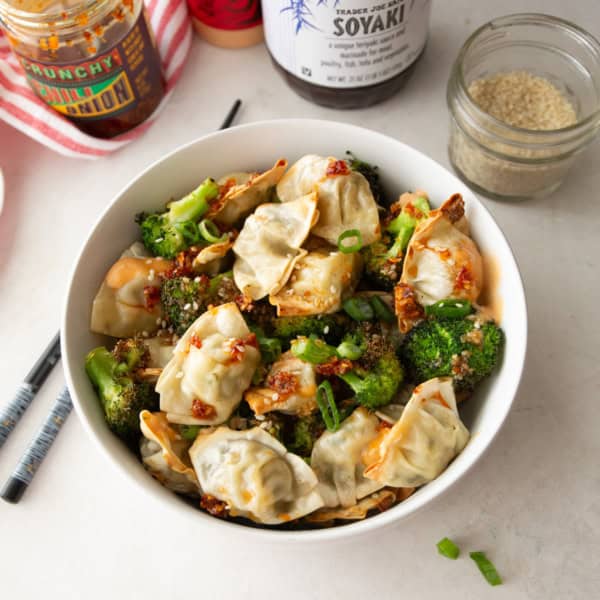
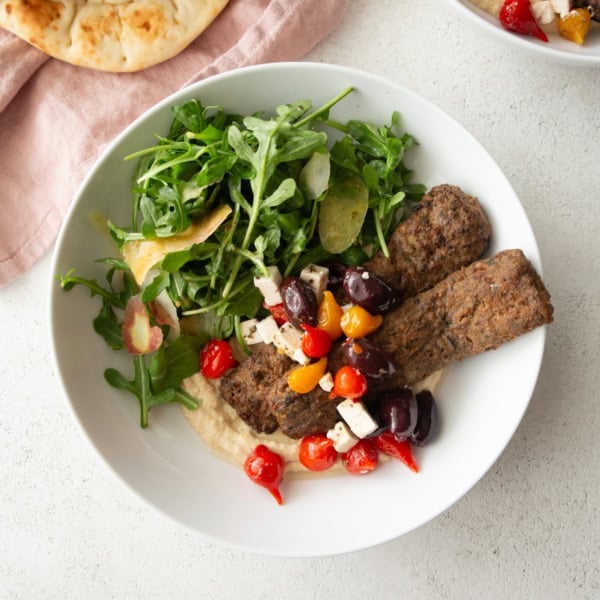
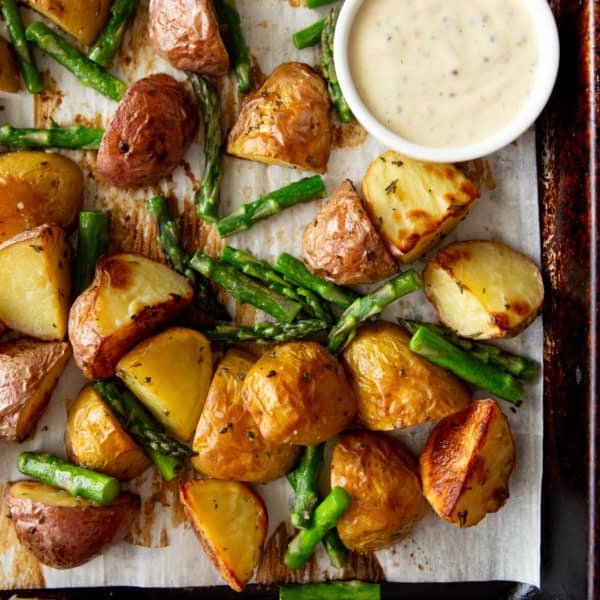









This recipe is gorgeous! So much better than the jars. Excellent!
Dear,
Thank you for your recipe. The information included is very useful especially that I need pepper paste for an Arabic recipe. So could you tell me which brand is available in supermarkets in Thailand without being too spicy.
Thanks
Do you know a brand of Chilli paste without the shrimp or any other fish in it? I am vegetarian, and do not like the fishy smell.
I’ve never had a store-bought version without the fish or shrimp, Pragna, but I know that there are some on the market. If you find a good one, please do let me know – others have asked me this as well! I wish I had an answer.
yea i also do not like all my food tasting like fish… I prefer that only my fish taste like fish and even then it’s conditional. lol
I intend to try this recipe out. Have you got, or can you recommend a recipe for bird’s eye chilies? Thank you,
Hi Peter – have you ever made Gai Pad Krapow? It is, by far, my favorite recipe to make with bird’s eye chilis! https://www.inquiringchef.com/2012/12/08/thai-chicken-with-holy-basil-gai-pad-grapow-i-e-what-to-eat-in-a-thai-airport/
I made a small batch of this today for Thai fried rice and it was absolutely divine. Thanks for doing all the hard work and sharing this wonderful recipe.
Thank you so much for taking the time to stop in and let me know! I have a soft-spot for Thai fried rice, so I can never have too much nam prik pao around.
Tim – I’m so glad that you dropped me a note, and so sorry to hear about the mix-up. You are right – I suspect that you got the smaller (and much hotter) type of Thai chilis, called Bird’s Eye Chilis. For this recipe I used a Thai variety of chili that resembles a serrano chili both in heat factor and in size. They are called “prik chee fan”. The should be 4-6 inches long, but I find that the larger they are, the less spice they hold. I have found that you can always get the roasted pepper flavor and then add in spice using cayenne or ground red peppers. Although I haven’t yet tried it, you could probably make a tasty approximation of nam prik pao by using regular roasted red peppers and adding in spice to taste at the end. Hope this helps!
I don’t see anywhere to buy these peppers you are referring to.. prik chee fan.
I have been to Hmart in dallas which is a huge asian store and they only had small birds eye thai chili peppers that were so hot they were almost inedible.. There is a local restaurant called Royal Sichuan that uses these chilis when stir frying to create an AMAZING flavor and I asked if they could sell me just the dried chilis but they said no.
Hi Jessica – I tried to make this yesterday and wow, I think I have the wrong sized chilis. I bought the little ones at a Thai market in Los Angeles labeled “Thai chilis”. They burnt to a crisp in 40 minutes! Is there a bigger size – or better – a Thai name I can throw around at the market? Thanks for the recipe!
Thank you so much for note about your success! I’ll have to give it another try using your method!
Thank you so much for note about your success! I’ll have to give it another try using your method!
Thanks for the in-depth article. Love that you bought and tasted some of the brands out there already. Tomorrow I plan my 3rd attempt at this paste thus how I found your site (google) – wanting to do some more research about it.
This is the first recipe I have seen with vinegar.
I pretty much have the taste and texture down (my fav brand is also Mae Praenom) but 2 problems:
1. When making tom yum goong after adding it (or test in a bit of hot water) it doesn’t have that nice orange-red oil that floats on top. Even when it sits in a bowl it doesn’t have any oil that separates. I’m thinking I need to increase my oil a bit? I did skimp trying to keep it as healthy as possible. How does yours look when added to hot liquid?
2. What floated was lots of black bits – which I believe was the black parts from the roasted chilies (looked similar to yours in the image; some parts dark red, with some blackish). I’m thinking I can’t have any black on my chilies 🙁 (healthier but lose that nice fragrance) ?
Thank you for your comments – it is interesting to hear from someone else trying to make this at home. To your first question, I have had the same result when I use my homemade nam prik pao in soups. I don’t get the oil rising to the top of the paste and I don’t get an evenly distributed orange-red oil in soup. I think it is both because I use less oil, as you noted, but also that I did not use dried shrimp. I have been told that the shrimp produce a lot of the oil that you see in tom yam goong. I had the same question about the blackened bits in the paste! I saw some recipes that recommended scraping off all of the blackened peels of the pepper before making the paste, but I find that the charred flavor from the blackened peels is part of what I really like about nam prik pao! Despite all that, I did like the homemade version better than those that I buy from the store. It just tasted more like the vegetables and less processed. Please let me know how your version turns out and if you are able to resolve some of those issues – I would love to continue adapting my recipe!
Thank you for the prompt reply Jessica, and sorry for my tardy reply.
I have solved both of my problems.
I doubled the quantity of my oil; I think I just wasn’t using enough to the ratio of my ingredients and I fried the ‘dried chilies’ in the oil (Canola, medium-low heat) until they were quite dark but no signs of black. (Previously I dry toasted them in a wok until just barely black).
The oil after frying the dried chilies turned the perfect color you see floating in the soups.
When adding my nam prik pao to hot liquid it did its thing 😀
Regarding the dried shrimps- I have used them in all attempts.
An idea I thought for your ‘roasted’ chili peppers (or any veggies) you could try that I do when preparing veggies that I want the charred taste-
Char them directly over the open flame of your stove top until the skin is black.
Wrap them in foil (or a banana leaf stapled closed or sealed with a skewer) and roast them on the open flame (flame lowered), or in a dry wok, or in your oven until tender.
Leave them sealed in the foil/leaf until cool enough to handle, and then remove all blackened bits.
You’ll have the charred taste cooked into the peppers without any black unhealthy bits floating around 🙂 .
Hi – I’m a bit confused. The recipe doesn’t call for oil, but you said you doubled the oil. How much and where did you add the oil? Thank you in advance.
Hi Angela. This discussion wasn’t exactly about the recipe you see posted here. I used to make my Nam Prik Pao without oil, which isn’t traditional. We were discussing an alternate method of cooking the paste that does involve frying the paste in a bit of oil. More recently I’ve started making my Nam Prik Pao that way. For the updated recipe (that includes oil) please check here – https://inquiringchef.com/nam-prik-pao-thai-chili-paste/